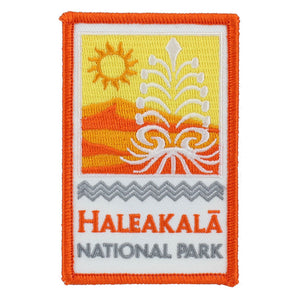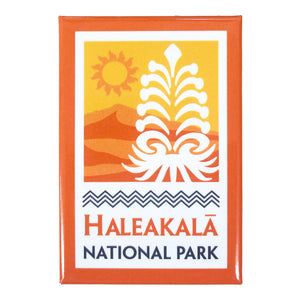{"id":9043551322386,"title":"Wood Magnet: Puʻukoholā Heiau National Historic Site Humpback Whale","handle":"mag-wood-puhe-humpback-whale","description":"\u003cp\u003e\u003cmeta charset=\"utf-8\"\u003e\u003cspan data-mce-fragment=\"1\"\u003eHumpback whales arrive in the Hawaiian Islands every winter to mate and give birth. Newborns have little blubber and so must be born in warm waters. The whales spend their summers feeding in the cold, food-rich waters of the North Pacific. The Hawaiian name for humpback whale is \u003cem\u003eKoholā\u003c\/em\u003e. Happily, humpback whales have been protected from hunting in U.S. waters since 1970.\u003c\/span\u003e\u003c\/p\u003e\n\u003cp\u003eProduct measures 2.25\" x 3.50\"\u003c\/p\u003e\n\u003cp data-mce-fragment=\"1\"\u003e\u003cspan data-mce-fragment=\"1\"\u003eMade in USA\u003c\/span\u003e\u003c\/p\u003e\n\u003cp data-mce-fragment=\"1\"\u003eLantern Press Artwork\u003c\/p\u003e\n\u003cp\u003e \u003c\/p\u003e","published_at":"2024-02-02T09:23:35-10:00","created_at":"2024-01-25T09:37:22-10:00","vendor":"Hawaii Pacific Parks Association","type":"Theme-Related","tags":["Humpback Whale","Lantern Press","Magnet","Puʻukoholā Heiau National Historic Site"],"price":600,"price_min":600,"price_max":600,"available":true,"price_varies":false,"compare_at_price":null,"compare_at_price_min":0,"compare_at_price_max":0,"compare_at_price_varies":false,"variants":[{"id":47909292376338,"title":"Default Title","option1":"Default Title","option2":null,"option3":null,"sku":"3004844","requires_shipping":true,"taxable":false,"featured_image":null,"available":true,"name":"Wood Magnet: Puʻukoholā Heiau National Historic Site Humpback Whale","public_title":null,"options":["Default Title"],"price":600,"weight":3,"compare_at_price":null,"inventory_quantity":10,"inventory_management":"shopify","inventory_policy":"deny","barcode":"","requires_selling_plan":false,"selling_plan_allocations":[]}],"images":["\/\/shop.hawaiipacificparks.org\/cdn\/shop\/files\/3004844.jpg?v=1706216569"],"featured_image":"\/\/shop.hawaiipacificparks.org\/cdn\/shop\/files\/3004844.jpg?v=1706216569","options":["Title"],"media":[{"alt":null,"id":37269221474578,"position":1,"preview_image":{"aspect_ratio":1.0,"height":1000,"width":1000,"src":"\/\/shop.hawaiipacificparks.org\/cdn\/shop\/files\/3004844.jpg?v=1706216569"},"aspect_ratio":1.0,"height":1000,"media_type":"image","src":"\/\/shop.hawaiipacificparks.org\/cdn\/shop\/files\/3004844.jpg?v=1706216569","width":1000}],"requires_selling_plan":false,"selling_plan_groups":[],"content":"\u003cp\u003e\u003cmeta charset=\"utf-8\"\u003e\u003cspan data-mce-fragment=\"1\"\u003eHumpback whales arrive in the Hawaiian Islands every winter to mate and give birth. Newborns have little blubber and so must be born in warm waters. The whales spend their summers feeding in the cold, food-rich waters of the North Pacific. The Hawaiian name for humpback whale is \u003cem\u003eKoholā\u003c\/em\u003e. Happily, humpback whales have been protected from hunting in U.S. waters since 1970.\u003c\/span\u003e\u003c\/p\u003e\n\u003cp\u003eProduct measures 2.25\" x 3.50\"\u003c\/p\u003e\n\u003cp data-mce-fragment=\"1\"\u003e\u003cspan data-mce-fragment=\"1\"\u003eMade in USA\u003c\/span\u003e\u003c\/p\u003e\n\u003cp data-mce-fragment=\"1\"\u003eLantern Press Artwork\u003c\/p\u003e\n\u003cp\u003e \u003c\/p\u003e"}













